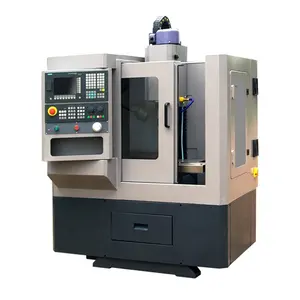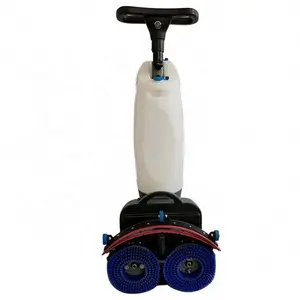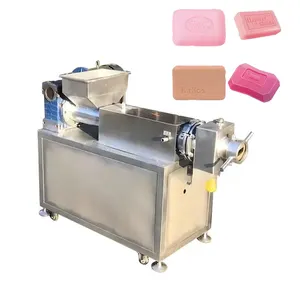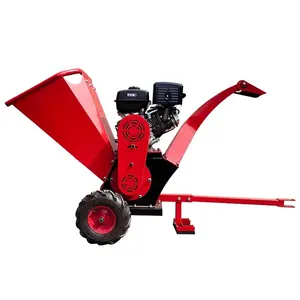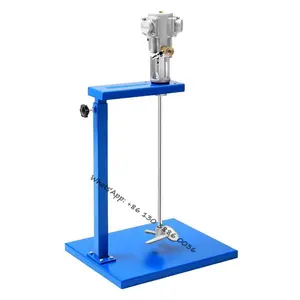Popular in your industry



























































Related Searches:
































































































































Top categories
About palm kernel oil extraction process
Palm kernel extraction is a process that involves separating the oil content of the palm kernel from the fibrous shell. This process is crucial in the production of palm kernel oil, which is widely used in various industries, including food, cosmetics, and biofuels. There are several methods of extracting palm kernel oil, with each method having its advantages and applications. The common methods include mechanical or expeller pressing, solvent extraction, and traditional methods like the use of hand presses. The choice of extraction method depends on factors such as the scale of production, cost considerations, and the desired quality of the extracted oil.
Steps of the palm kernel oil extraction process
The palm kernel oil extraction process involves several steps to ensure the efficient and complete extraction of oil from the palm kernels. The first step is the receipt of palm kernels, which are collected from oil palm trees after the palm oil extraction process. The collected palm kernels are then subjected to the process of palm kernel recovery, where the nuts are separated from the shells. This separation is crucial as it ensures that the oil content in the kernels can be effectively extracted. The next step in the process is the crushing of the palm kernels. This is usually done using a specialized machine called a palm kernel oil expeller, which applies mechanical pressure to break down the kernels and release the oil.
After crushing, the palm kernel flakes are subjected to a process known as flaking, where the flakes are further broken down into smaller pieces to increase the surface area for oil extraction. This is followed by the extraction of oil from the palm kernel flakes. The oil extraction can be done using various methods, with common options being mechanical pressing or solvent extraction. In mechanical pressing, the palm kernel flakes are subjected to high pressure in an oil expeller to squeeze out the oil. On the other hand, solvent extraction of palm kernel oil involves using solvents like hexane to dissolve and extract the oil from the flakes. The choice of extraction method depends on factors such as the scale of production, cost considerations, and the desired quality of the extracted oil.
After the oil extraction, the next step in the process is the desolventizing of the extracted oil in the case of solvent extraction. This involves removing any solvents that may be present in the oil. The extracted oil is then subjected to a refining process to remove impurities and improve its quality. The final step in the extraction of palm kernel oil is the storage and packaging of the refined oil. The oil is stored in tanks under controlled conditions to preserve its quality before being packaged and distributed for various industrial applications.
Applications of palm kernel oil
Palm kernel oil finds wide applications across various industries due to its unique properties. In the food industry, it is used in the production of snacks, baked goods, and confectionery due to its stability at high temperatures. In the cosmetics and personal care industry, palm kernel oil is utilized in skincare products, soaps, and hair care formulations for its moisturizing and emollient properties. It is also a common ingredient in the manufacturing of detergents and surfactants. In the pharmaceutical sector, palm kernel oil can be found in the production of pharmaceuticals and as a carrier in drug formulations. Furthermore, in the biofuel industry, it is used as a feedstock in the production of biodiesel.
